We suggest you start learning LEGO Serious Play by reading some important books about the method. We have pre-selected some interesting and essential books about LSP you may purchase via Amazon. As an Amazon Associate, we earn from qualifying purchases.
Serious Work: How to Facilitate Meetings and Workshops Using the LEGO SERIOUS PLAY Method
by Sean Blair & Marko Rillo
Year 2016 (247 pages)
So far the only “how-to” book, which gives you step-by-step guidelines on how to start as a facilitator for simple LegoSeriousPlay workshops.
The book is also available in German language.
NEW! Mastering the Lego Serious Play Method - 44 Facilitation Techniques for Trained LEGO Serious Play Facilitators
by Sean Blair
Year: 2020 (180 pages)
This book is about mastery of LEGO Serious Play method. Mastery through attending to tiny techniques, the small things that LEGO Serious Play facilitators can do to plan, facilitate and deliver professional workshops.
Crafting Strategy: Embodied Metaphors in Practice
by Loizos Heracleous & Claus Jacobs
Year 2011 (260 pages)
The book talks about the foundation of LEGO SERIOUS PLAY. It includes in-depth discussions of the theories of embodied realism, interpretivism, practice theory, the theory of play, and design thinking. It also shows how those theories can be put into practice by presenting detailed analyses of embodied metaphors built by groups of agents. The link between theory and practice is further supported by the inclusion of several vignettes that describe how this approach has been successfully employed in many organisations, including BASF and UNICEF.
Thinking from Within: A Hands-on Strategy Practice
by Johan Roos
Year 2006 (352 pages)
Johan Roos was one of the creators of the LSP methodology. This book describes, illustrates and deliberates the ideas and activities that can transform strategy into a more imaginative, reflective, and responsible practice by using Lego Serious Play.
Everyday Strategic Preparedness
by Matt Statler & Johan Roos
Year 2007 (183 pages)
Matt and Johan were both part of Imagination Lab, the original minds behind the Lego Serious Play methodology. They wrote this book about the possibilities of increasing preparedness for unexpected events through play and storytelling with the help of Lego bricks. They have used the case study of NYU Center for Catastrophe Preparedness and Response to explain their approach in practice.
Creative Explorations: New Approaches to Identities and Audiences
by David Gauntlett
Year 2007 (208 pages)
LSP facilitators can explore how to create teams and organisational identity with LEGO bricks. The author asked people to build metaphorical models of their characters with Lego bricks. That provided insights into how individuals present themselves, understand their own life story and connect with the social world.
Making is Connecting
by David Gauntlett
Year 2011 (232 pages)
This book does not talk a lot about LEGO SERIOUS PLAY, but it gives some background information for good LSP facilitator on why we use this hand-based methodology. The author states in his more recent book that through making things, people engage with the world and create connections with each other.
Play: How It Shapes the Brain, Opens the Imagination, and Invigorates the Soul
by Stuart Brown & Christopher Vaughan
Year 2009 (240 pages)
This popular book explains to the LSP facilitators how playing is not a frivolous activity, but something that we should take very seriously. In society, games are considered to be one of the most important means of child and adult learning, a source of creativity. Playing together is a fundamental basis for bonding and teamwork. Numerous examples presented in the book demonstrate that our species has been produced to play throughout the adulthood.
Gamestorming
by Dave Gray, Sunni Brown & James Macanufo
Year 2010 (288 pages)
This book includes more than 80 games to help you break down barriers, communicate better, and generate new ideas, insights, and strategies. They define games as having boundaries, rules for interaction, and goals. They also describe how a game has five stages:
1) Imagine the world,
2) Create the world;
3) Open the World;
4) Explore the world and
5) Close the world.
The LSP facilitators can find some good ideas on how to set up their facilitation processes up better.
The Design of Business: Why Design Thinking is the Next Competitive Advantage
by Roger L. Martin
Year 2009 (256 pages)
Martin shows how leading companies such as Procter & Gamble, Cirque du Soleil, RIM, and others use design thinking to push knowledge through the stages in ways that produce breakthrough innovations and competitive advantage.
The Hand: How Its Use Shapes the Brain, Language, and Human Culture
by Frank R. Wilson
Year 1999 (416 pages)
An intriguing book which explains how human hand has developed throughout history. For LSP facilitators it helps to explain how hands work like “a search engine” of the brain. Why using your hand to fiddle with objects can get your thoughts flowing, which is the essence of why LSP works.
As an Amazon Associate, we earn from qualifying purchases.

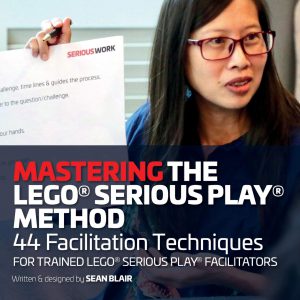
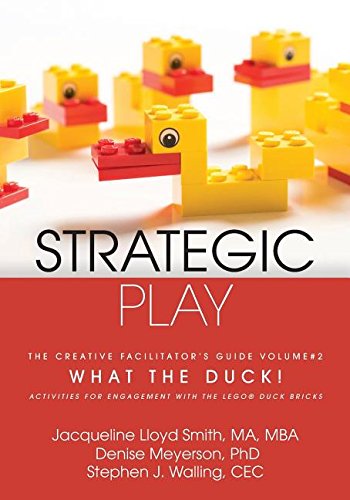
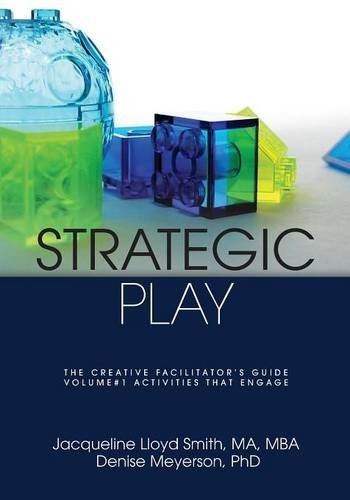
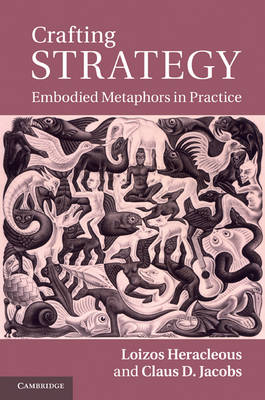
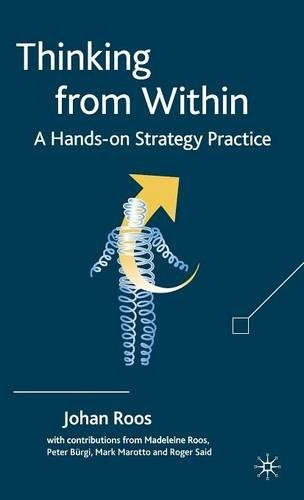
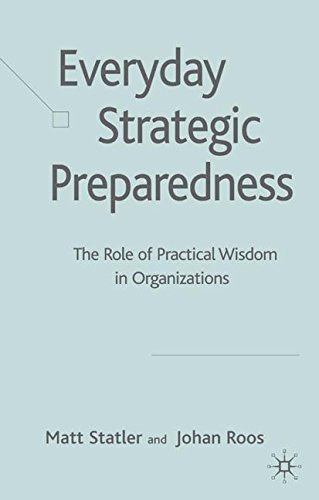
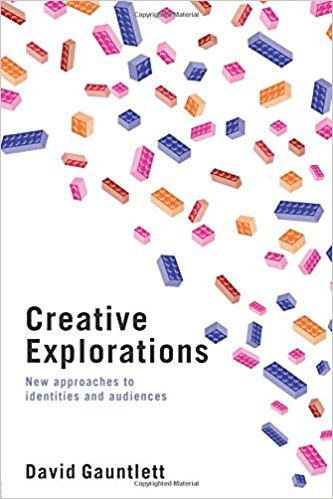
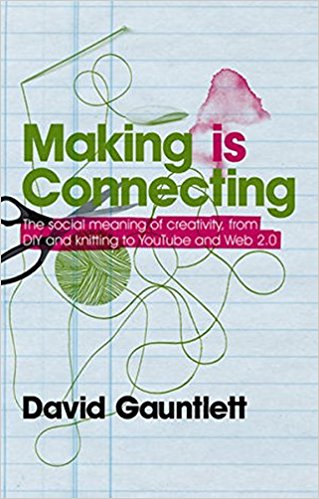
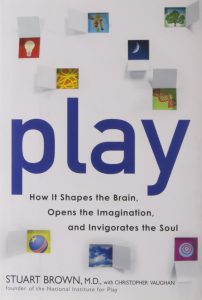
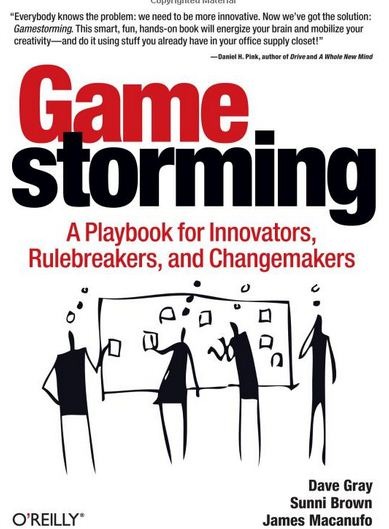
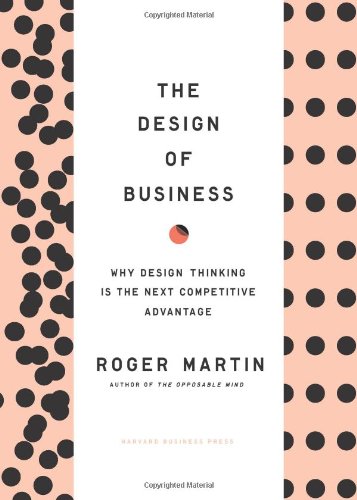


 Become a LEGO Serious Play facilitator - check one of the upcoming training events!
Become a LEGO Serious Play facilitator - check one of the upcoming training events!